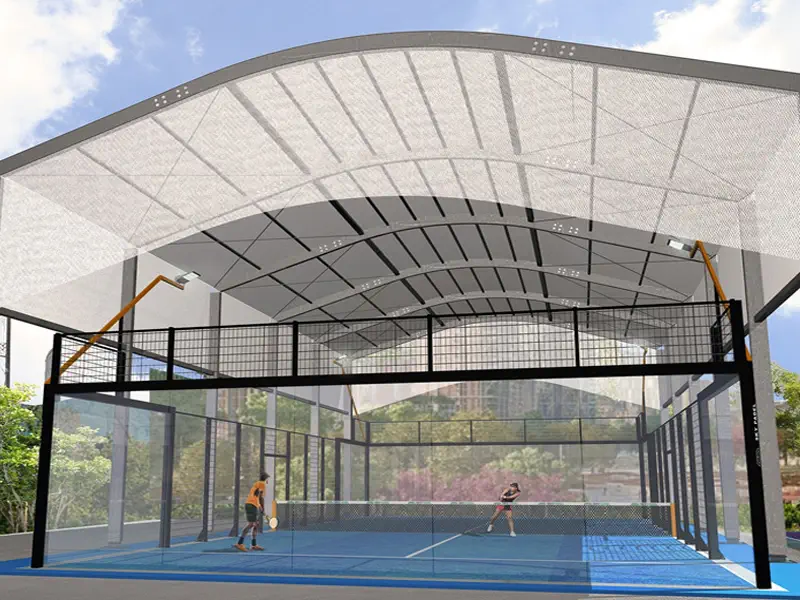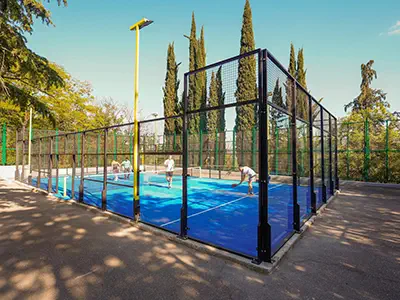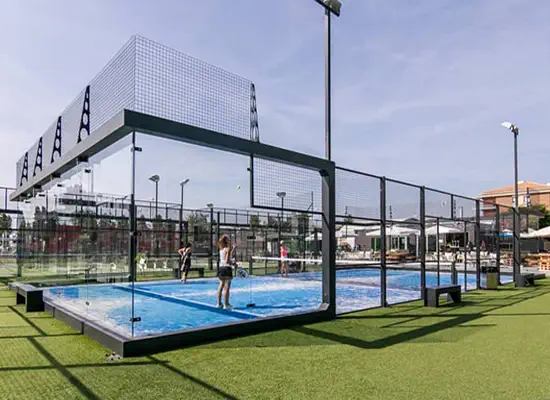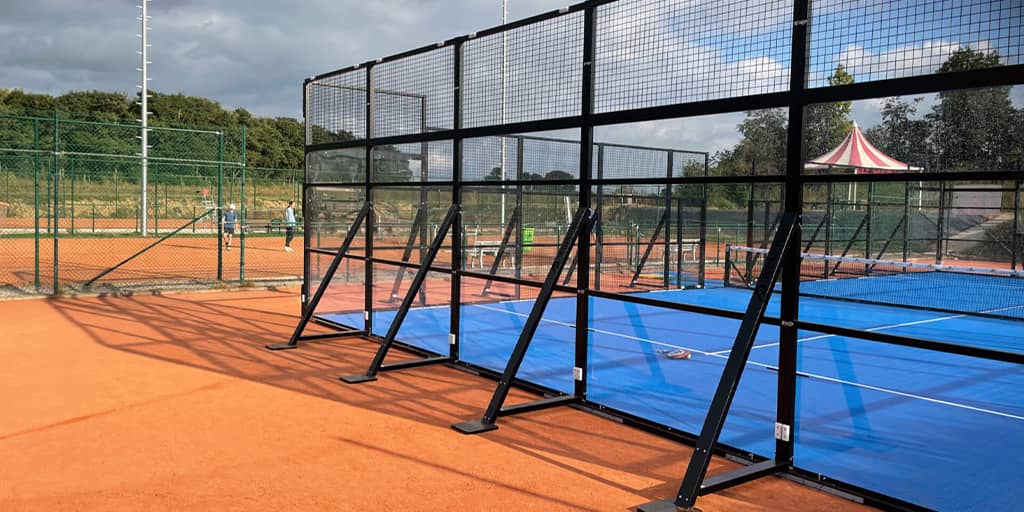Classic Padel Court
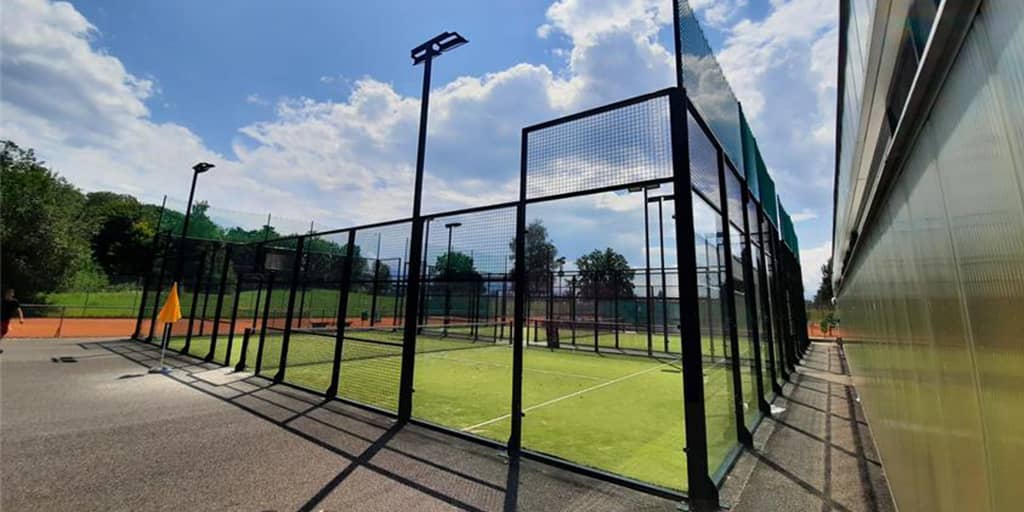
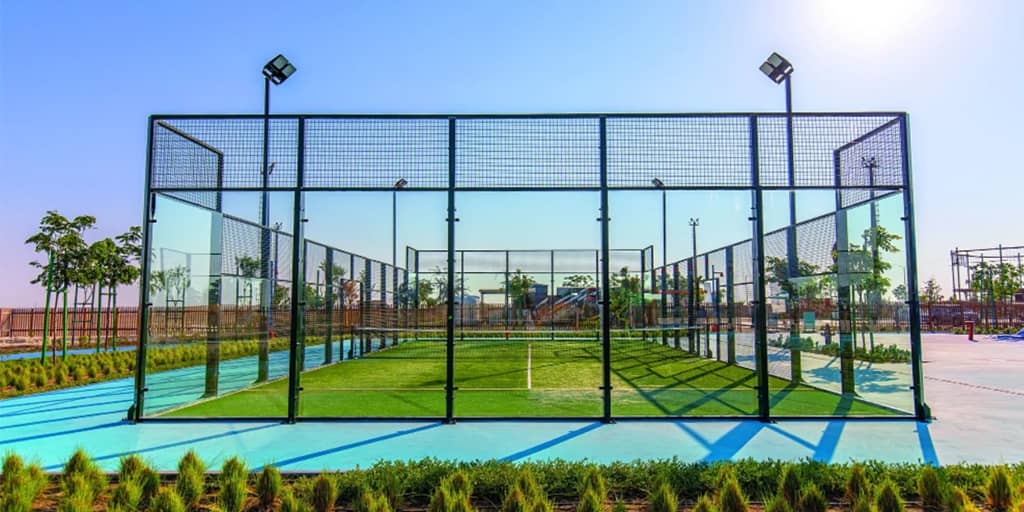
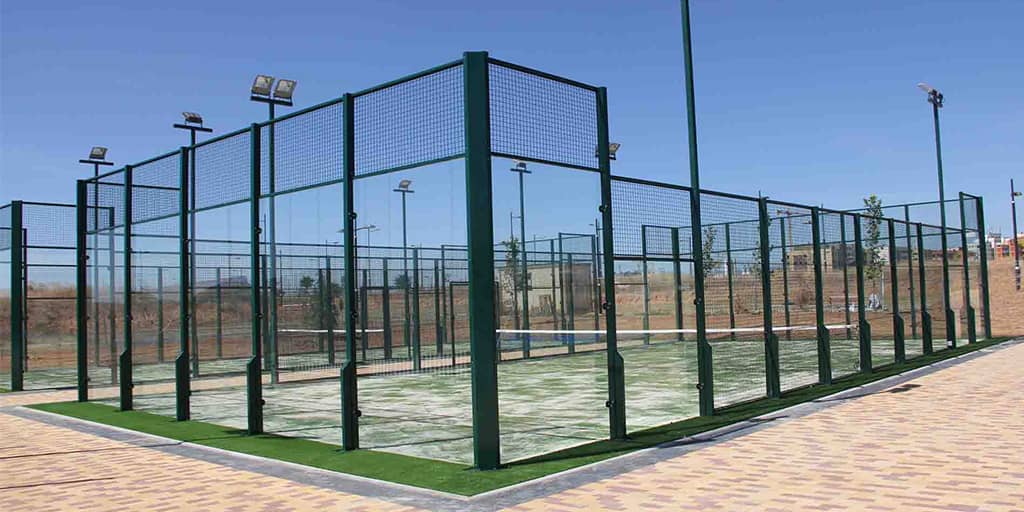
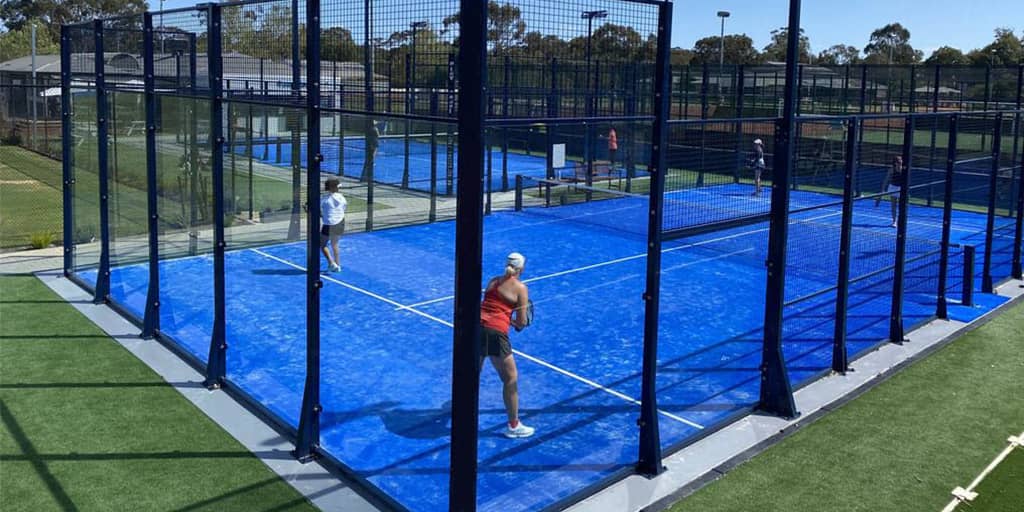
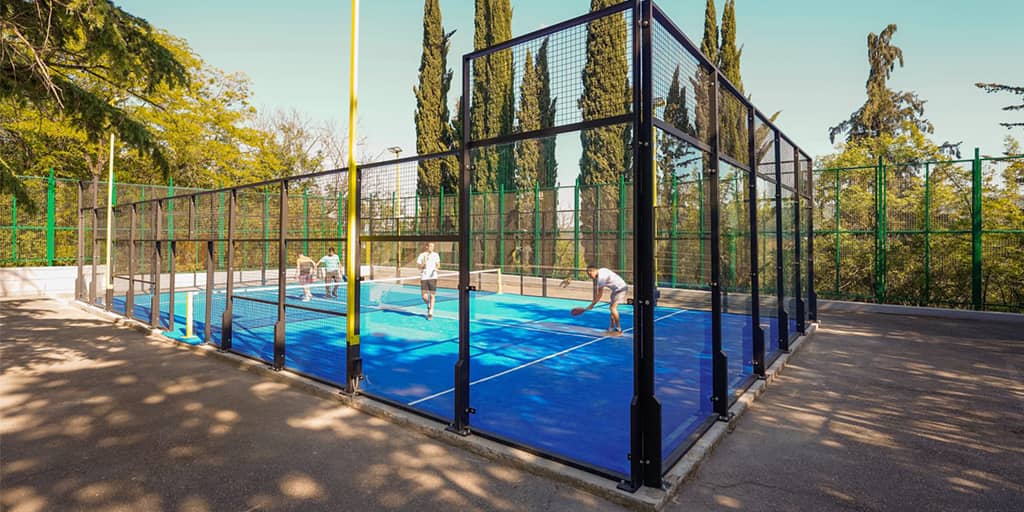
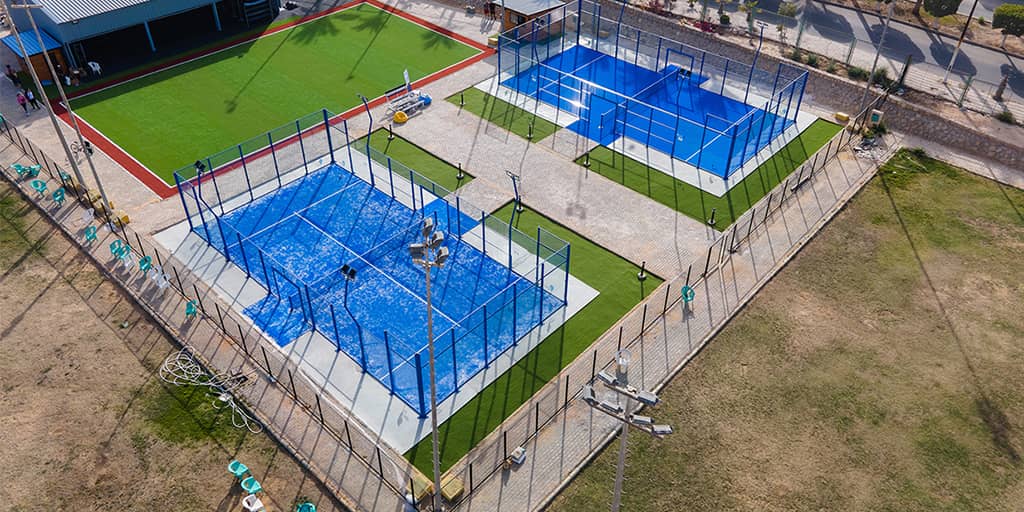
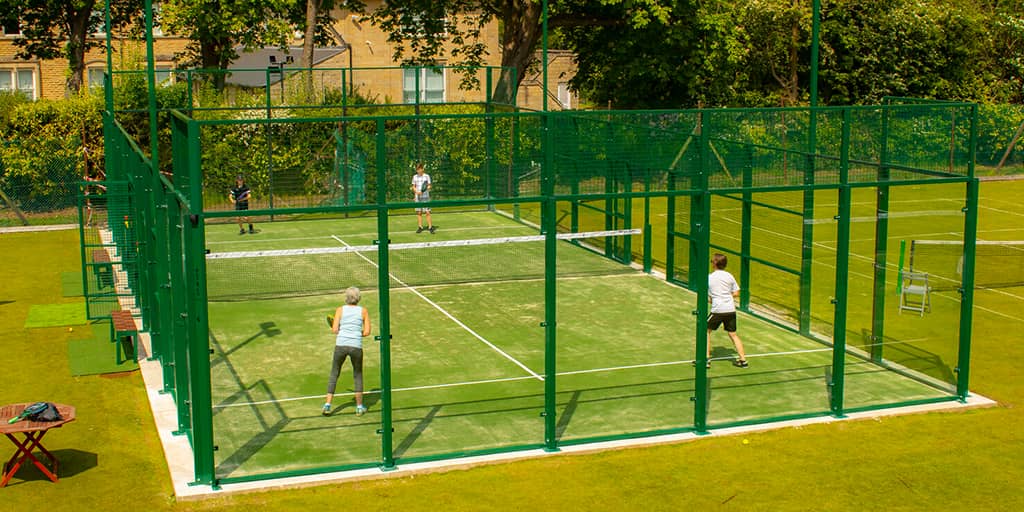
What is a classic padel court?
A Classic Padel Court is a specific type of court used for playing the sport of padel. Padel is a racquet sport that originated in Mexico and is similar to tennis and squash. The Classic Padel Court is the most common type of padel court and is designed with specific dimensions and features to facilitate the game.
The Classic Padel Court has a rectangular shape, measuring 10 meters in width and 20 meters in length. The court is enclosed by walls made of glass or solid materials, with a height of 3 to 4 meters. The walls are an essential part of the game, as players can use them to play shots off, similar to squash. The court is divided into two halves by a net, which is lower in the middle and higher at the ends, measuring approximately 0.88 meters in height.
What are the parts of a classic padelcourt?
Artificial Grass
Artificial Grass
Fence
Fence
Column
Column
Tempered Glass
Tempered Glass
Light & Light Column
Light & Light Column
Net &Net Column
Net &Net Column
PVC
PVC Ceiling
Skeleton
Skeleton
Technical Details

Dimensions
Width: 10 meters | Length: 20 meters

Infrastructure - Concrete Beam
Width: 40 cm - Length: 50 cm | Concrete C30

Court Types
C20 field concrete with 15 cm thick steel mesh

Water Drainage
The concrete floor is inclined 0.5% in one direction and the water is discharged from the surface.

Steel Construction
Double Corner Columns: 50 x 100 x 2,5 mm - Beams: 40 x 60 x 2,5 mm Modular bolted system | Center Columns: 100 x 50 x 2,5 mm - Height: 3 - 4 m

Steel Mesh
Mesh Size: 50 mm * 50 mm | Wire Tickness: 4 mm

Steel Surface Coating
Electro Galvanized Coating | Electrostatic Powder Coating

Resistance
Maximum Wind Speed: 75 km/h

Glass
12mm tempered glass or 13.52mm tempered laminated glass

Lighting
8 Pieces 200 W LED Projector
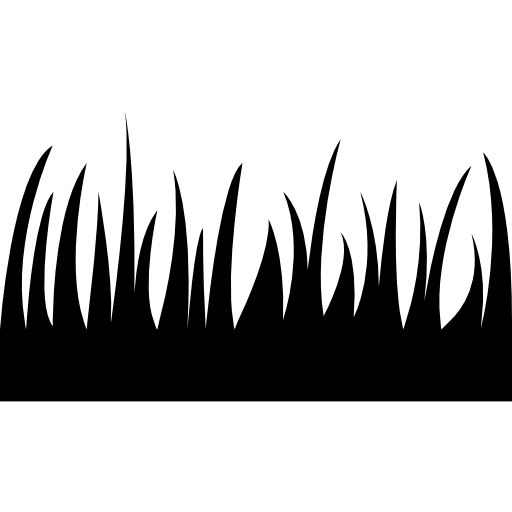
Synthetic Grass
11 - 13 mm FB - MFF - TXT

Equipment
Padel Posts and Net
The advantage of classic padel court?
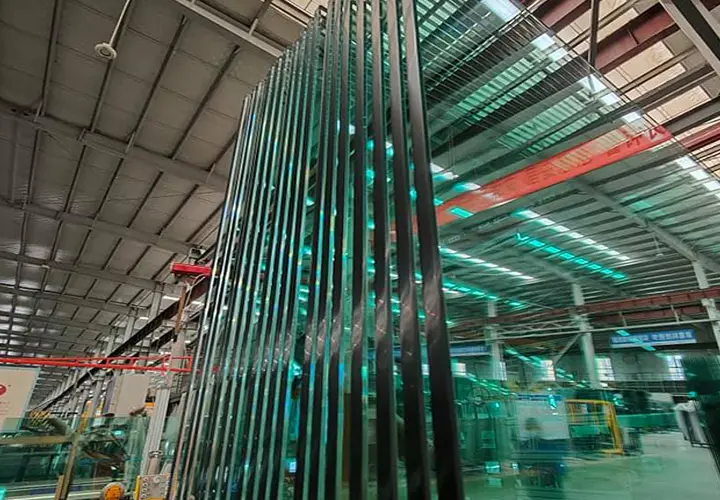
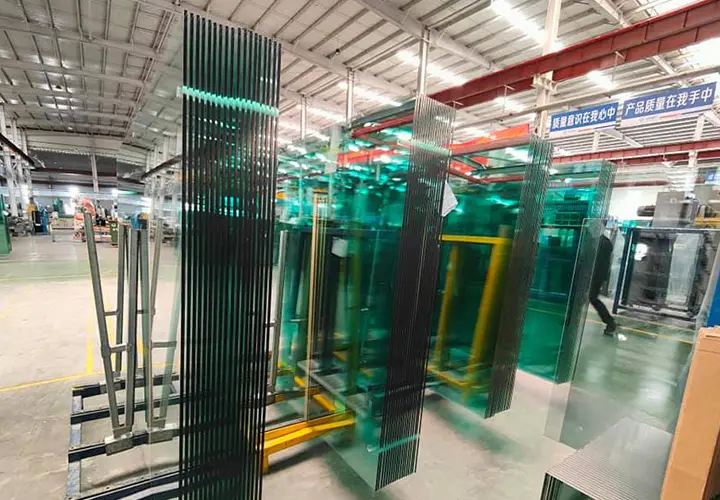
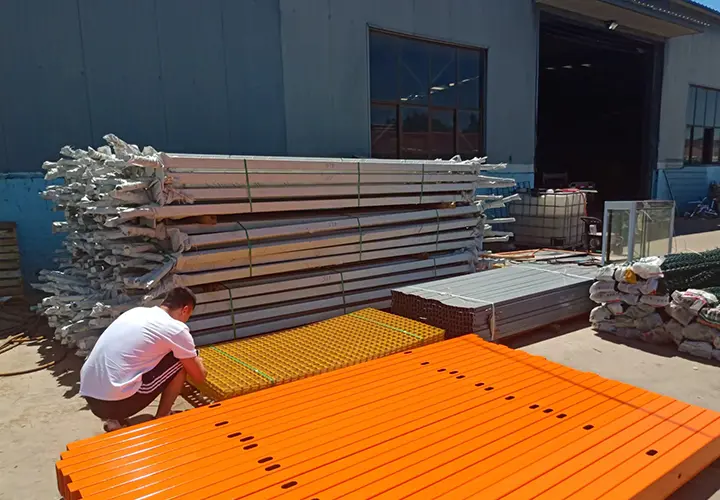
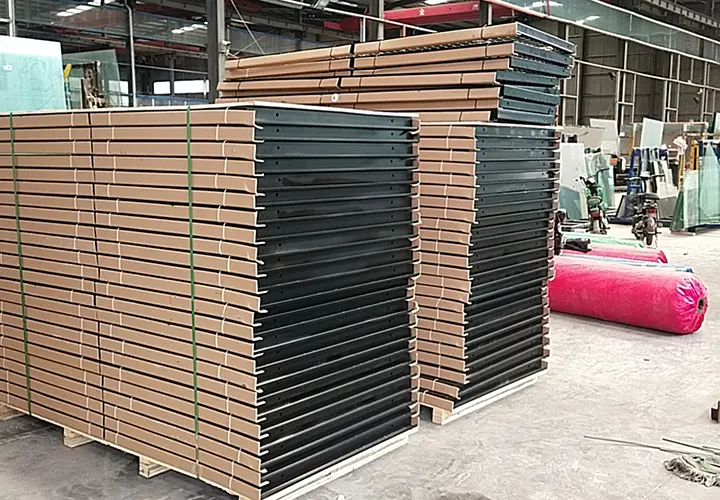
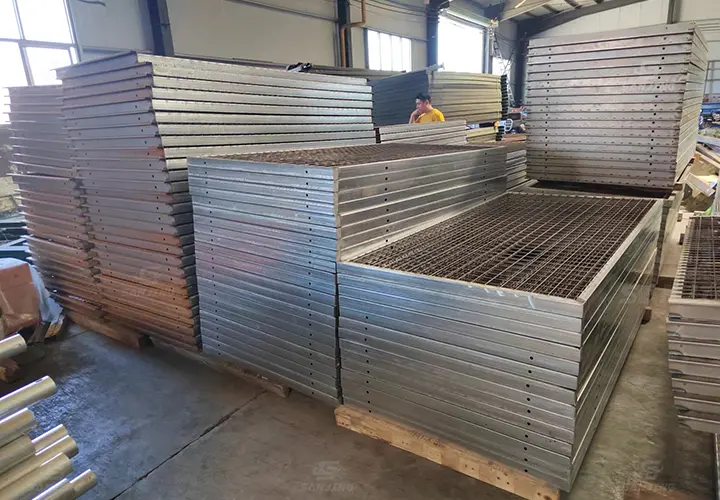

- Versatility: Classic padel courts can be installed both indoors and outdoors, providing flexibility in terms of location and usage.
- Durability: The construction of classic padel courts is designed to withstand heavy use and exposure to various weather conditions, ensuring long-lasting performance.
- Safety: The enclosed design of classic padel courts and the use of tempered glass walls provide a safe playing environment for players of all skill levels.
- Low maintenance: Classic padel courts require minimal maintenance, with features such as anti-slip surfaces and easy-to-clean materials.
- Cost-effective: Compared to other sports facilities, classic padel courts are relatively affordable, making them a cost-effective option for recreational or commercial use.
- Growing popularity: The popularity of padel tennis is growing worldwide, making classic padel courts a desirable amenity for residential complexes, hotels, and sports clubs.
FAQs about classic padel court
There are several benefits to playing on a classic padel court. First, the glass walls help to keep the ball in play, which makes the game more exciting and challenging. Second, the glass walls provide a good viewing area for spectators, which makes it a great option for clubs and tournaments. Third, classic padel courts are relatively inexpensive to build and maintain, which makes them a good option for budget-minded players.
There are two main types of classic padel courts: indoor and outdoor. Indoor courts are typically made of concrete or artificial turf, while outdoor courts are usually made of clay or sand. Indoor courts are a good option for players who want to play year-round, while outdoor courts are a good option for players who want to play in the warm weather.
The cost of building a classic padel court varies depending on the size of the court, the materials used, and the labor costs in your area. However, you can expect to pay anywhere from $20,000 to $50,000 to build a classic padel court.
Successful Application Cases of class padel court
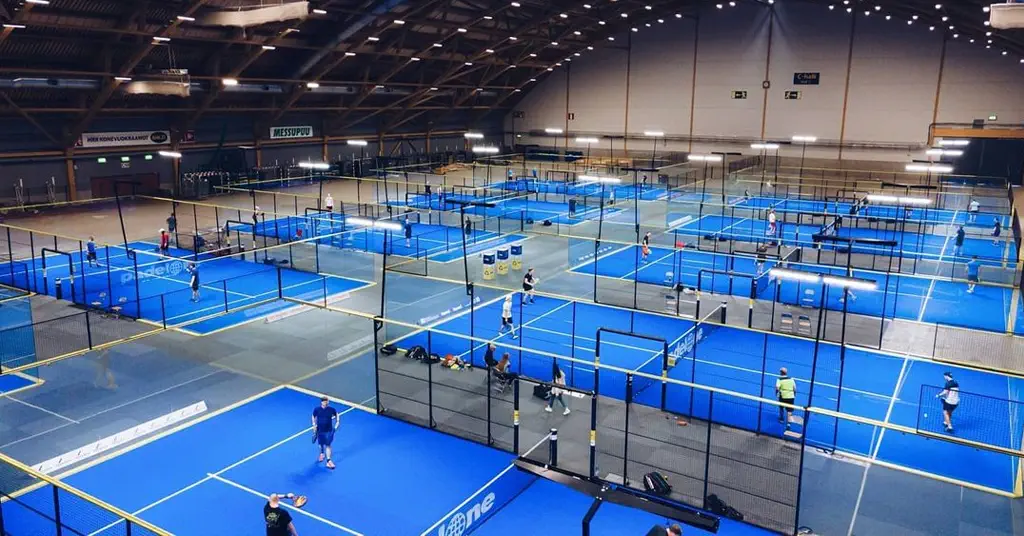
Giza International Padel Court Construction Case
Giza International Padel Court Construction Case Customer Name: Nile International Padel AssociationProject Location: Giza, Egypt The Nile Padel Association is one of the most popular
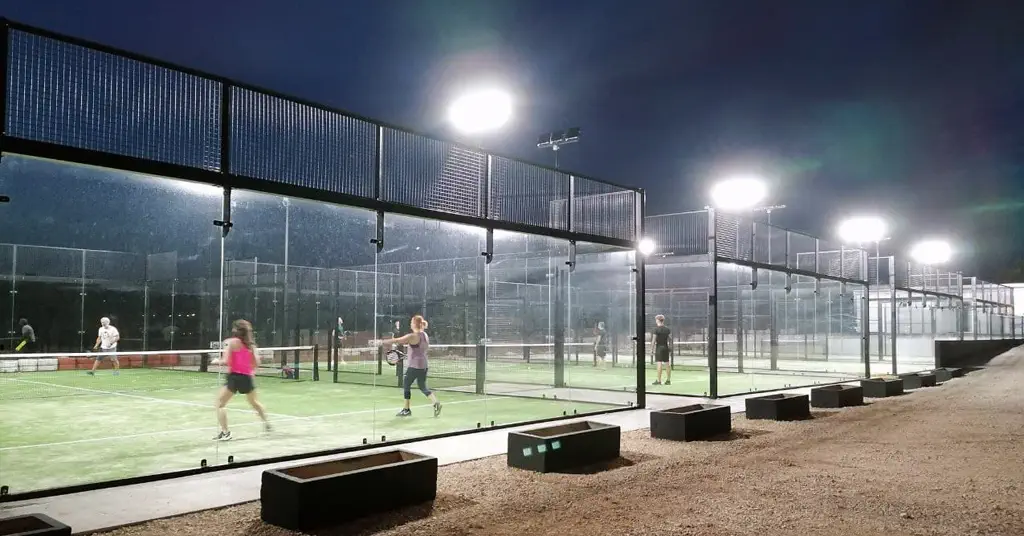
Walton Padel Court installation case
Walton Padel Court installation case Client Name: Walton Padel Court ClubProject Location: Orange, Australia Walton Cricket Club is one of the most popular cricket clubs
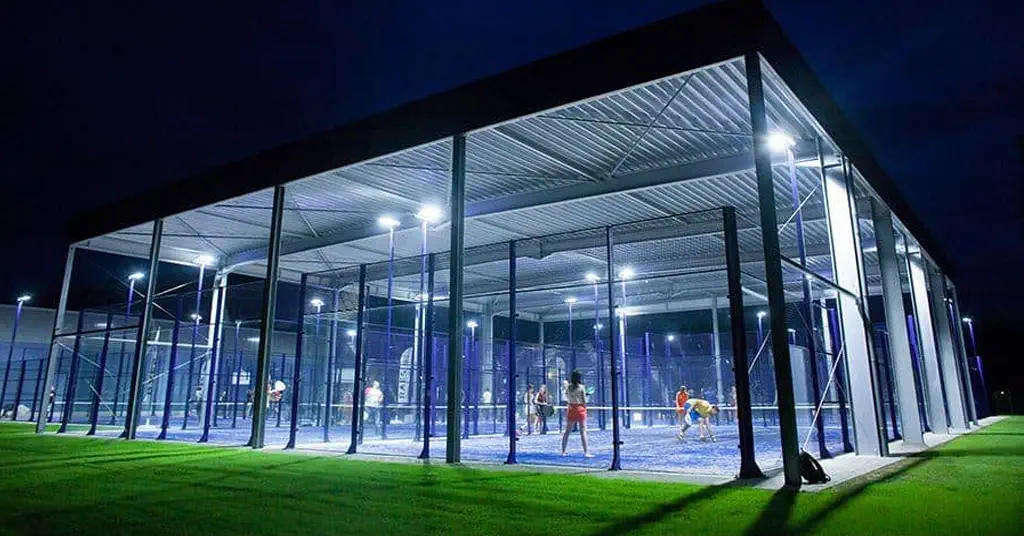
Guangzhou Baili Padel Court Construction Project
Guangzhou Baili Padel Court Construction Project Project Name: Guangzhou Baili Cricket Stadium Construction ProjectProject location: Guangzhou, China In the vibrant city of Shenzhen, China, we
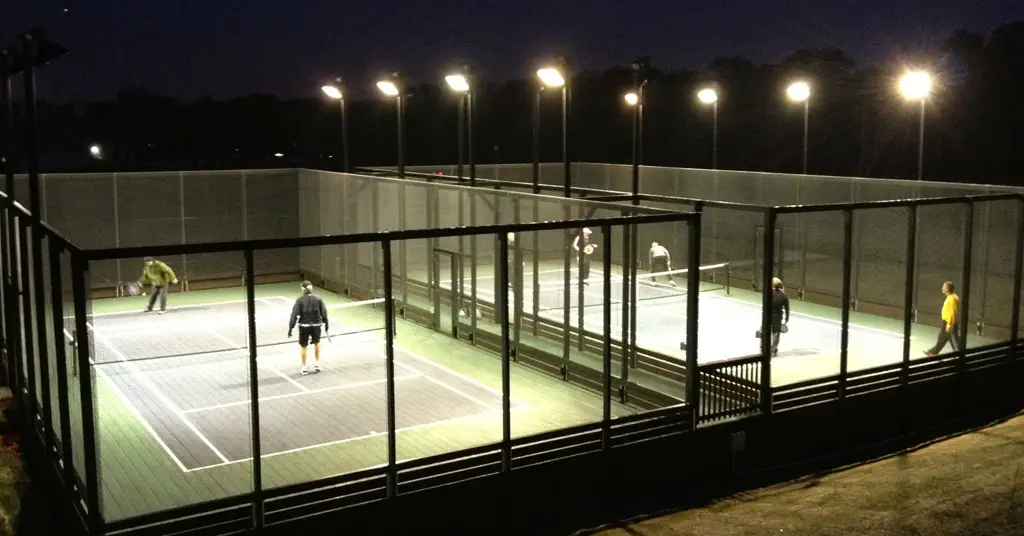
Padel Court construction in Helsinki, Finland
Padel Court construction in Helsinki, Finland In the charming city of Helsinki, Finland, we are proud to present a striking cricket stadium construction project. As
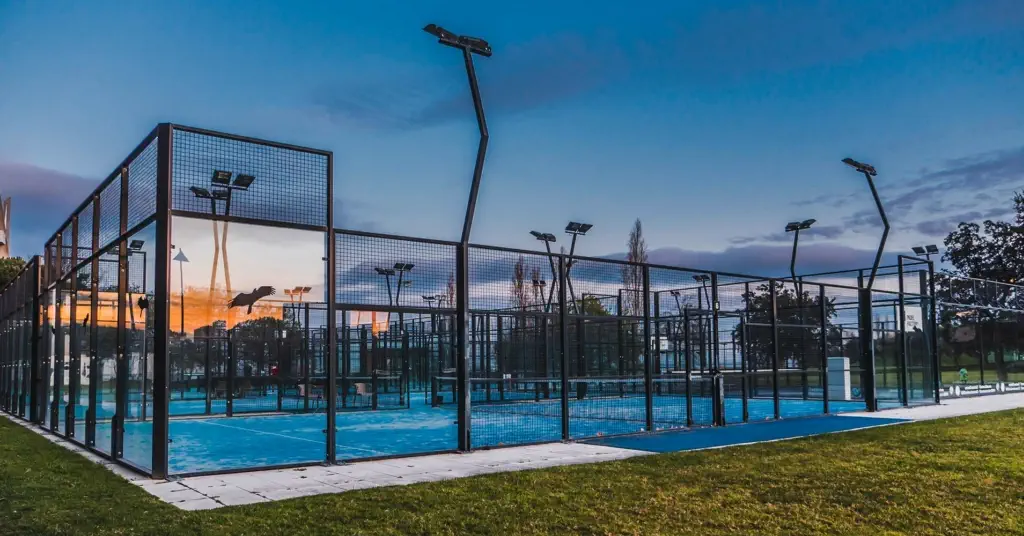
Muscat PADELP.OM Cricket Stadium Construction
Muscat PADELP.OM Cricket Stadium Construction Project Name: Muscat PADELP.OM Cricket Stadium ConstructionProject Address: Muscat, Oman PADELP.OM Club is a dynamic cricket club in the Muscat
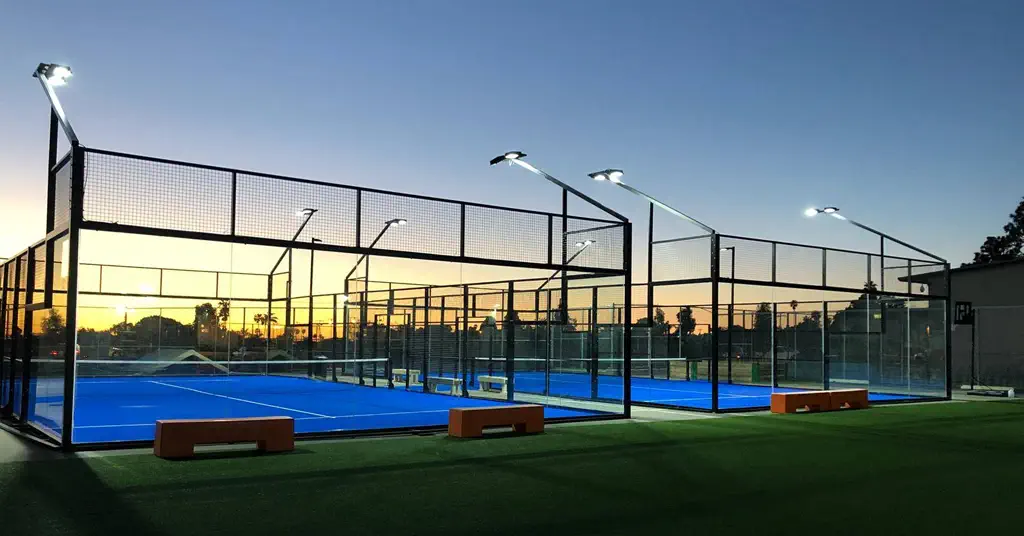
San Miguel’s Padel Court Construction Case Study
San Miguel’s Padel Court Construction Case Study Project Name: San Miguel Cricket ClubProject Location: Cricket Stadium Construction in San Miguel Mexico City In San Miguel,
To learn more about the successful cases of our classic padel court, please click on the button below to contact us!
Related Padel Court Solutions
Have Anything To Ask Us?
Please fill in your email in the form and we'll get back to assist you soon!

